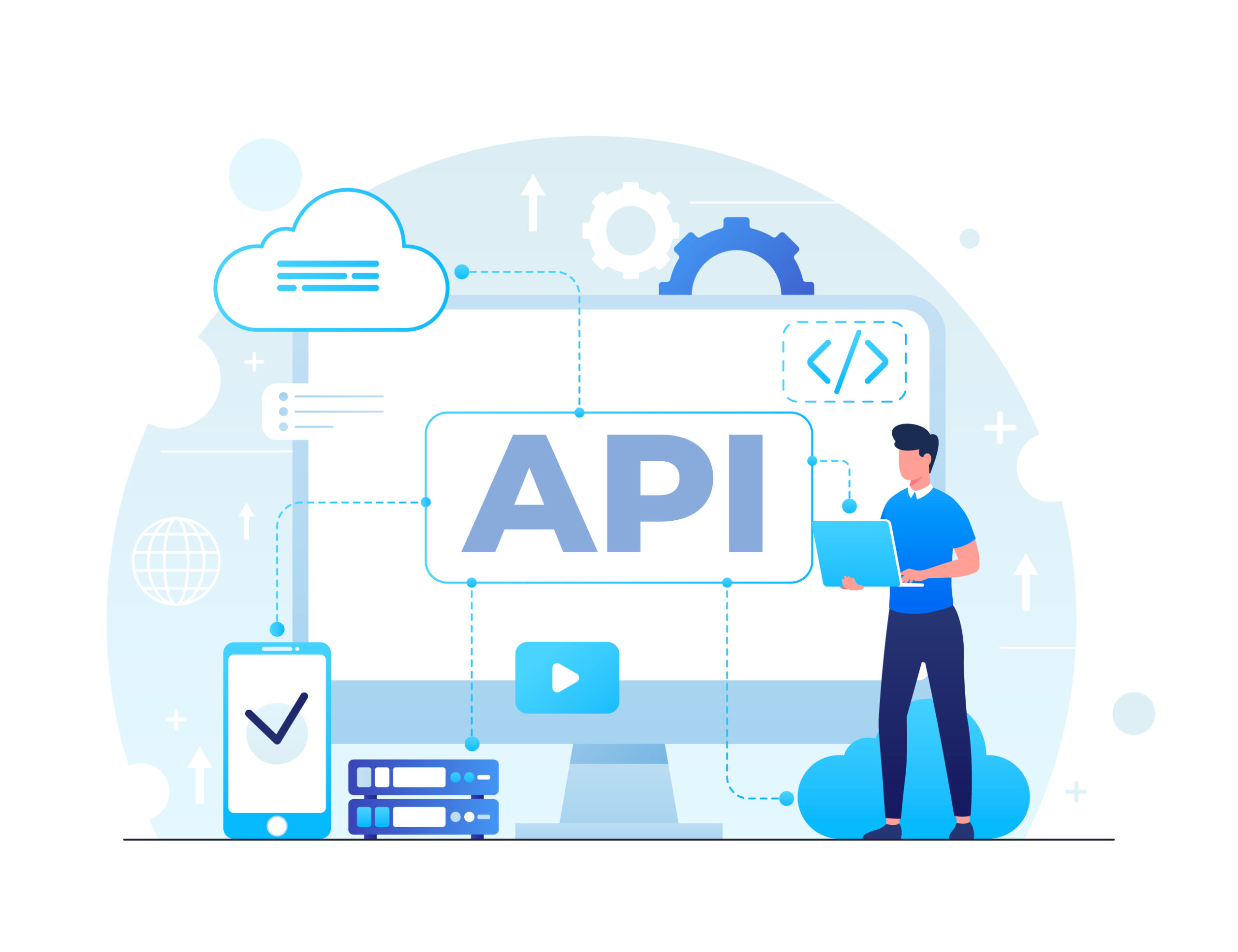Understanding API Status Codes: A Guide to HTTP Response Codes
API (Application Programming Interface) status codes are the standard HTTP response codes that are used to indicate the status of an API request. Here are some of the most common API status codes and their meanings:

- 200 OK: This status code indicates that the API request was successful and the server has returned the requested data.
- 201 Created: This status code indicates that the server has successfully created a new resource as a result of the API request.
- 204 No Content: This status code indicates that the API request was successful, but there is no data to return.
- 400 Bad Request: This status code indicates that the API request was invalid or malformed. This can happen if the request is missing a required parameter or contains incorrect data.
- 401 Unauthorized: This status code indicates that the API request requires authentication, and the user does not have valid credentials to access the resource.
- 403 Forbidden: This status code indicates that the API request is valid, but the user does not have sufficient permissions to access the resource.
- 404 Not Found: This status code indicates that the requested resource was not found on the server.
- 500 Internal Server Error: This status code indicates that an error occurred on the server while processing the API request.
- 503 Service Unavailable: This status code indicates that the API service is temporarily unavailable due to maintenance or an unexpected outage.
It’s important to understand these API status codes and their meanings to properly diagnose and troubleshoot API-related issues. API providers may also have their own specific status codes or error messages, so it’s always a good practice to consult the API documentation or contact the provider directly for more information.